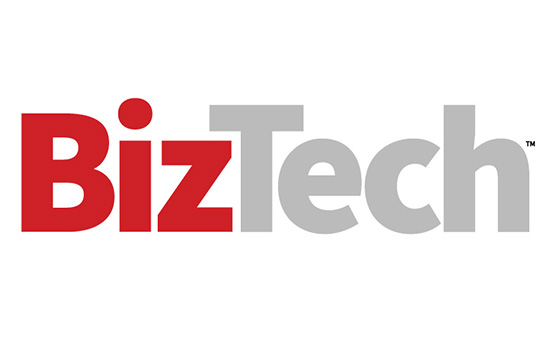“Technology is constantly changing, and you have to adapt. That means adapting your mindset as well as the technology platforms that you're utilizing,” says Karlynn Snyder Turner, a contact center engineering manager with CDW, in the recent Workplace Modernization Research Report.
The report, which surveyed IT decision-makers across industries, found that most organizations are adopting a multichannel approach in their contact centers: More than 50% of respondents noted that they support social media, email, text, chat and voice.
Contact centers have evolved far beyond phone banks and scripts. A modern contact center is now integrated with AI, analytics and omnichannel communications that allow service agents to seamlessly transition from a reactive approach to proactive relationship-building.
Here are some key considerations for a modern contact center that not only delivers customer satisfaction but creates seamless workflows for team members.
DIVE DEEPER: Find out how to reduce friction in the customer experience.
Finding Success With Modern Contact Centers
“Designing things for the ease of customers is where we need to go,” says Snyder Turner in the report. Organizations are exploring ways to use AI to improve contact center operations, with prominent use cases for chatbots and virtual agents (66%), intelligent interactive voice response tools (60%), real-time agent assistance (59%) and contact center data analysis (54%).
“As the contact center manager, I now have hard data on what people are calling in for and what they actually want to talk about,” Snyder Turner says in the report. “And if there's an issue in there, I can see where it happens, and I can improve my system so that I'm having fewer customer issues.”
In the financial services space, that can look like improved fraud detection and seamless self-service options, transforming contact centers into strategic hubs. First Horizon Bank’s move to Webex Contact Center helped to increase its customer self-service rate, allowing agents to reallocate their resources to address more complex challenges.
A modern contact center can help small businesses stay agile and competitive, especially in an uncertain or quickly changing environment. A Texas-based, family-run restaurant, for example, turned to Amazon Connect when it had to shift operations during the early days of the pandemic.
What Makes a Modern Contact Center Work
AI-Enabled Service and Sales: “Integrating AI systems such as large language models, chatbots and natural language processing offers a path to improved call center operations that don’t break the bank,” writes John Klein, a solutions architect at CDW and an industry expert in communication and collaboration platforms, in a May 2025 blog. Tier-one agents are an ideal entry point for AI, since a chatbot can answer simple questions and route callers to higher-level support as needed. These improving tools can also better gauge customer sentiment, providing relevant information that can help a live agent further in the interaction. On the employee side, AI can help agents with productivity and efficiency, offering summaries and suggested responses that can ease team members’ stress levels. “By integrating AI with customer relationship management, enterprise resource planning systems and e-commerce systems, small businesses can augment the ability of human agents to handle customer concerns,” Klein adds.
EXPLORE: Learn how artificial intelligence is empowering employees and IT leaders in the workplace.
Omnichannel Integration: Create a seamless customer experience across voice, chat, text and more with secure, encrypted communications, which are especially critical for regulated environments. Ensure that customers don’t have to repeat themselves when they move from a chatbot to a live agent, which will help to reduce frustration on both ends of the interaction.
Predictive Analytics: Use advanced analytics to flag churn risks and guide agents toward high-value engagements. Understand what is really happening in the contact center so that you can address problems head-on and move toward better employee and customer satisfaction.
Compliance and Security: Stay on top of regulations for your sector. To protect sensitive financial data, for instance, integrate compliance-ready call recording, Payment Card Industry Data Security Standard masking and real-time fraud detection tools.
Demonstrate clear ROI through reduced average handle time, higher customer satisfaction scores and increased revenue per interaction. “Early wins and proven ROI can help align stakeholders and build confidence,” Five9 CTO Jonathan Rosenberg tells BizTech.










